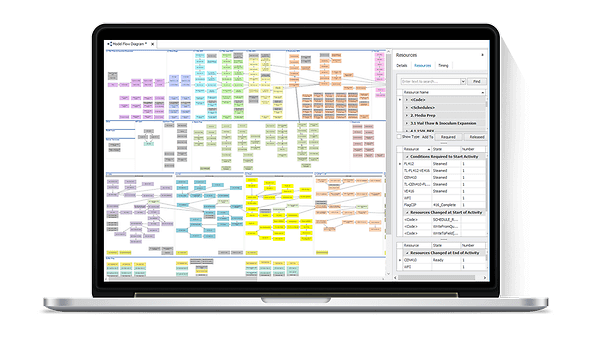Emerson’s RTMS software stands for Real-Time Monitoring and Surveillance software. It is specifically designed to track and analyze data in real-time for the pharmaceutical industry. This software offers several benefits for the pharma sector:
- Enhanced Safety and Quality Control: RTMS software can monitor the manufacturing process in real-time, ensuring adherence to industry standards and regulations. It helps identify any deviations or anomalies that may affect the quality of pharmaceutical products, thereby enhancing safety.
- Improved Efficiency: By automating data collection and analysis processes, RTMS software increases operational efficiency. It provides real-time insights into production, enabling proactive decision-making and timely interventions to prevent potential issues.
- Effective Risk Management: The software allows continuous monitoring of critical parameters such as temperature, humidity, and pressure during drug storage and transportation. It helps to identify and mitigate risks that could compromise the integrity and efficacy of pharmaceuticals.
- Regulatory Compliance: RTMS software facilitates compliance with regulatory requirements by providing a robust data management system. It helps track and document all necessary information, enabling efficient audits and regulatory reporting.
- Rapid Response and Issue Resolution: With real-time monitoring, any deviations or abnormalities in the pharmaceutical processes can be quickly detected and addressed. This proactive approach minimizes downtime, reduces waste, and prevents potential product recalls.
- Data-Driven Decision Making: RTMS software collects and analyzes vast amounts of data, enabling pharmaceutical companies to make well-informed decisions. It helps identify patterns, trends, and performance indicators, ultimately optimizing processes and improving overall operational efficiency.
In summary, Emerson’s RTMS software positively impacts the pharmaceutical industry by enhancing safety, improving efficiency, ensuring regulatory compliance, and facilitating data-driven decision-making.




